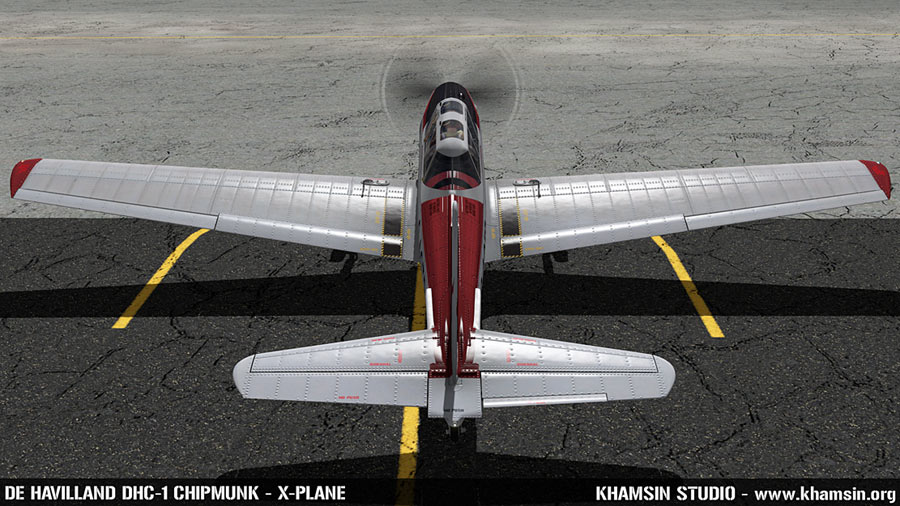EMERGENCY HANDLING

1 Engine fire on the ground
Actions
- Throttle: Closed
- Fuel cock: OFF
- Ignition switches: OFF
- Parking brake: Off. to allow aircraft to be moved from burning fuel or other aircraft
- Master switch: OFF
2 Engine fire in the air
Note; No engine hand fire extinguisher is fitted.
(a) Immediate actions
- Throttle: Closed
- Fuel cock: OFF
- Raise nose to reduce speed and RPM
- Ignition switches: OFF
(b) Subsequent actions
Make R/T distress call.
If the fire does not go out abandon the aircraft if sufficient height is available (1,500 feet).
If it is impossible to abandon the aircraft, make a forced landing.
If the fire goes out, do not restart the engine; make a forced landing.
3 Engine failure after take-off
(a) Immediate actions
- Select gliding attitude.
- Pick a landing area.
- Lower flaps as necessary.
(b) Subsequent actions
- Make R/T call.
- Carry out crash actions.
Note: Circumstances and the time available will dictate the least hazardous course of action and which of the above drills can be completed.
4 Engine failure in flight
(a) Immediate actions
- Close the throttle. gaining height if possible while reducing speed to 70 knots for the glide.
- Select a suitable landing area, noting wind direction and strength.
- Check the altimeter setting.
- Plan descent.
(b) Subsequent actions
Check for the cause of failure (mechanical, fuel state, fuel cock, ignition switches, mixture control, intake blockage or icing.
(i) If mechanical:
- Fuel: OFF
- Ignition: OFF
- Make RT distress call.
- Do not attempt to restart.
- Carry out a forced landing (para. 5).
(ii) If not mechanical:
- Make RT distress call.
- Attempt to restart, if sufficient height available.
(c) Make abandon decision before the ccmmittal height of I,500 feet AGL.
5 Forced landing
Note: When simulating engine failure at height, the engine should be cleared every 1.000 feet during the descent.
(a) Check:
- Fuel: OFF
- Ignition: OFF
- Hood: Closed
- Harness: Secure and tight
- Brakes: As required
(b) Landing
If the speed is high after round-out, land on the main-wheels, except on rough or soft ground, when a 3-point landing is essential.
6 Restarting the engine in flight
If no mechanical defect:
(a) Engine stops firing, propeller windmilling
(i)Check:
- Ignition switches: ON
- Fuel cock: ON
- Carb. air: HOT
(ii) lf the engine does not pick up. carry out a forced landing or abandon.
8 Ditching
Because of the fixed undercarriage, it is expected that the ditching behaviour will not be good and it is recommended that the aircraft be abandoned rather than ditched.
Khamsin - © 2013

